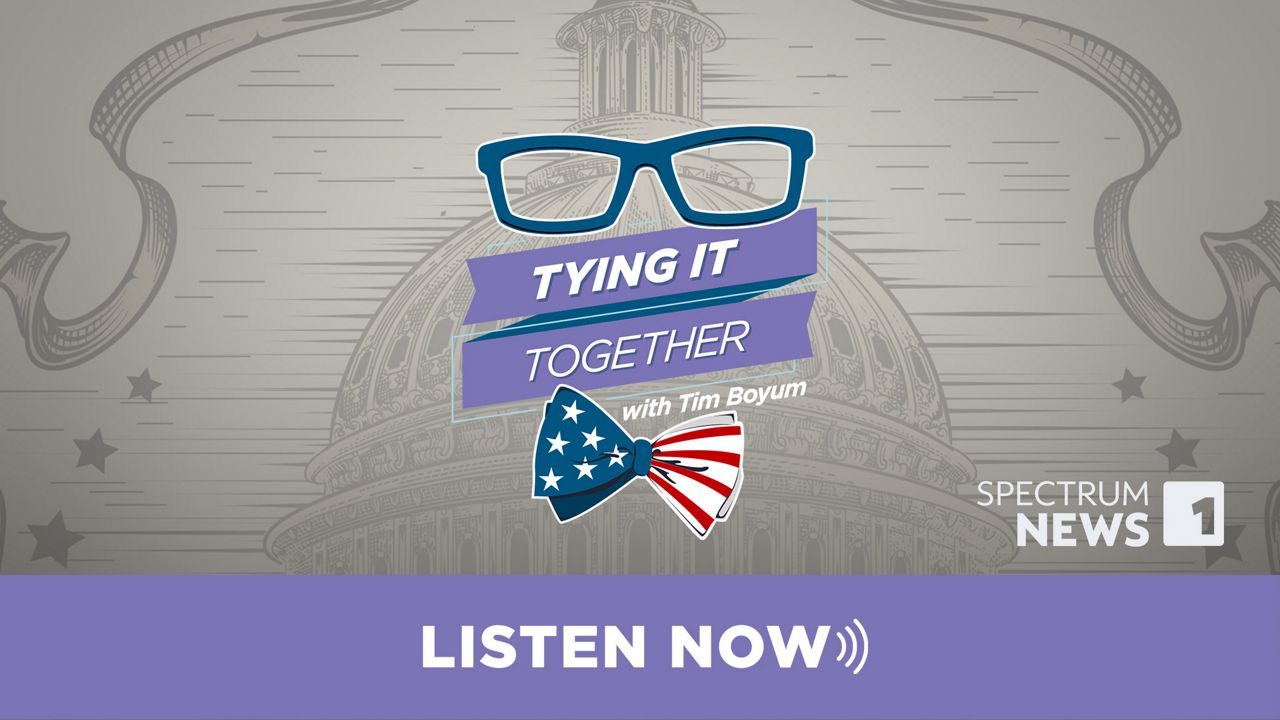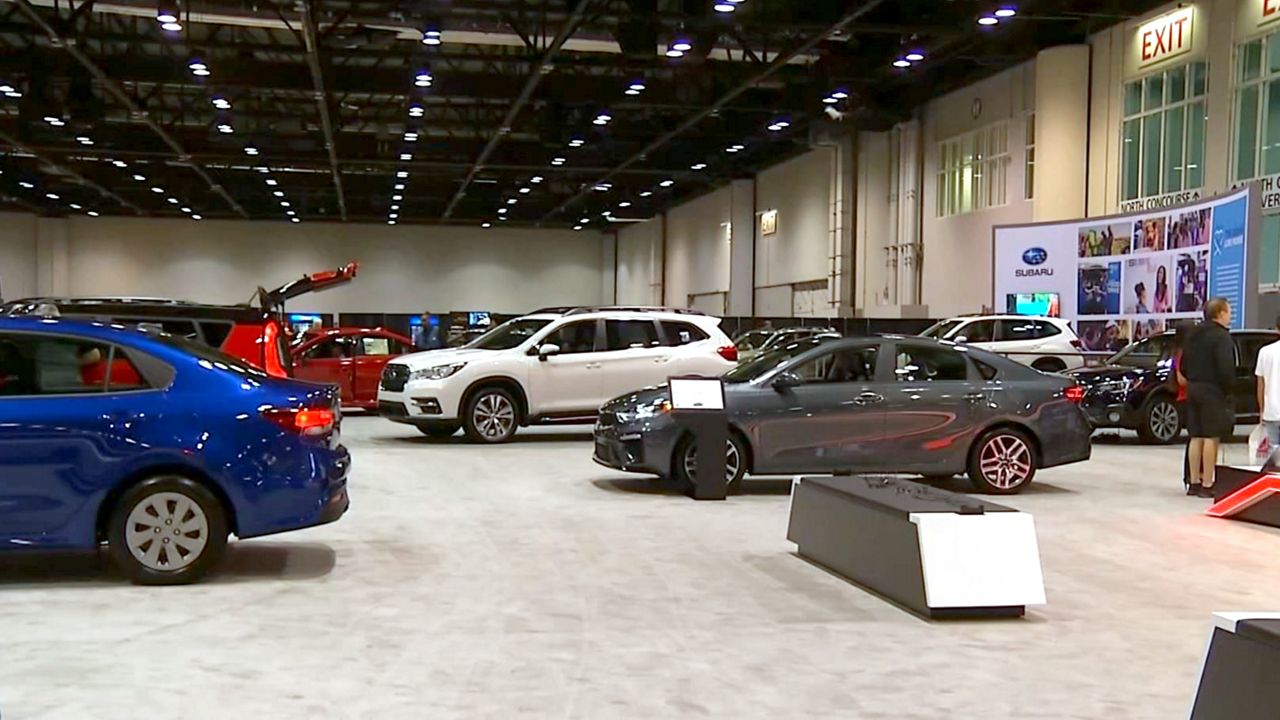CHARLOTTE, N.C. — Pedestrian and cyclist deaths in North Carolina have transportation advocates sounding the alarm and calling for safer infrastructure.
There's no easy solution to decreasing these deaths to zero, but several measures are being taken to try to get there.
While pedestrian deaths continue to climb in cities like Raleigh and Greensboro, Charlotte saw a 17% decrease between 2021 and 2022.
Angela Berry, traffic safety manager for CDOT, credits improving signalized crosswalks and bike lanes as examples that are helping bring the number down.
“That gives me hope that maybe we're pushing the needle in the right direction,” Berry said. “I try not to get too optimistic until I see a 3-year trend of going down, but you know, good news so far."
However, earlier in January, a bicyclist was killed after being hit by a car in Plaza Midwood.
It happened on The Plaza, which Eric Zaverl rides along at least once a week.
“It adds more anxiety and stress to biking,” Zaverl said. “It does make me think about every time I leave my house saying this could be the last time I say goodbye to my wife, my dogs, just to bike, and it shouldn't be that way."
It's why as urban design specialist for the nonprofit Sustain Charlotte, he continues to call for more measures to protect bikers and pedestrians in the Queen City.
“It's hard, I'll tell you that for sure,” Zaverl said. “Because you have to have a lot of patience."
For example, Zaverl explains it took about four years of talks with the city to get planters placed along The Plaza bike lane.
“It would be great to see more of them in the future to expand upon what's already out here,” Zaverl said. “To create more of a physical barrier between the cars and the cyclists."
Zaverl said he'd also like to see more raised crosswalks, bike signals and protected intersections across Charlotte.
“You do enjoy more of the ride than having to worry about what's going to happen at this intersection," Zaverl said.
But, making those changes requires money. While the city is getting millions from approved transportation bonds, its proposed $13.5 billion transit plan isn't getting much support from the Republican-led General Assembly, which has signaled it wants to focus less on adding bike lanes and more on expanding roads.
It could be a setback for the city because without the General Assembly’s approval, it would not be able to place a one-cent sales tax increase on the ballot for a referendum. Revenue from the sales tax would be used to build infrastructure such as bike lanes and sidewalks.
"Widening roads doesn't work,” Zaverl. “We can learn that from the city of Houston, they have 25 lanes of the interstate and that may have worked for a short time, but then it filled back up again.”
While Charlotte is making some improvement when it comes to decreasing pedestrian and cyclist deaths, Zaverl believes the city has a long way to go.
"It's progress, but it's the bare minimum that we need to do,” Zaverl said. “There was decades of neglect when it came to other modes of transportation, so we can't kid ourselves that it's going to be solved overnight."
Charlotte's Vision Zero Action Plan has been in place since 2019.
Raleigh's Vision Zero program was officially adopted last Summer. The city is working on developing and implementing safety improvement projects, like Charlotte.






)


